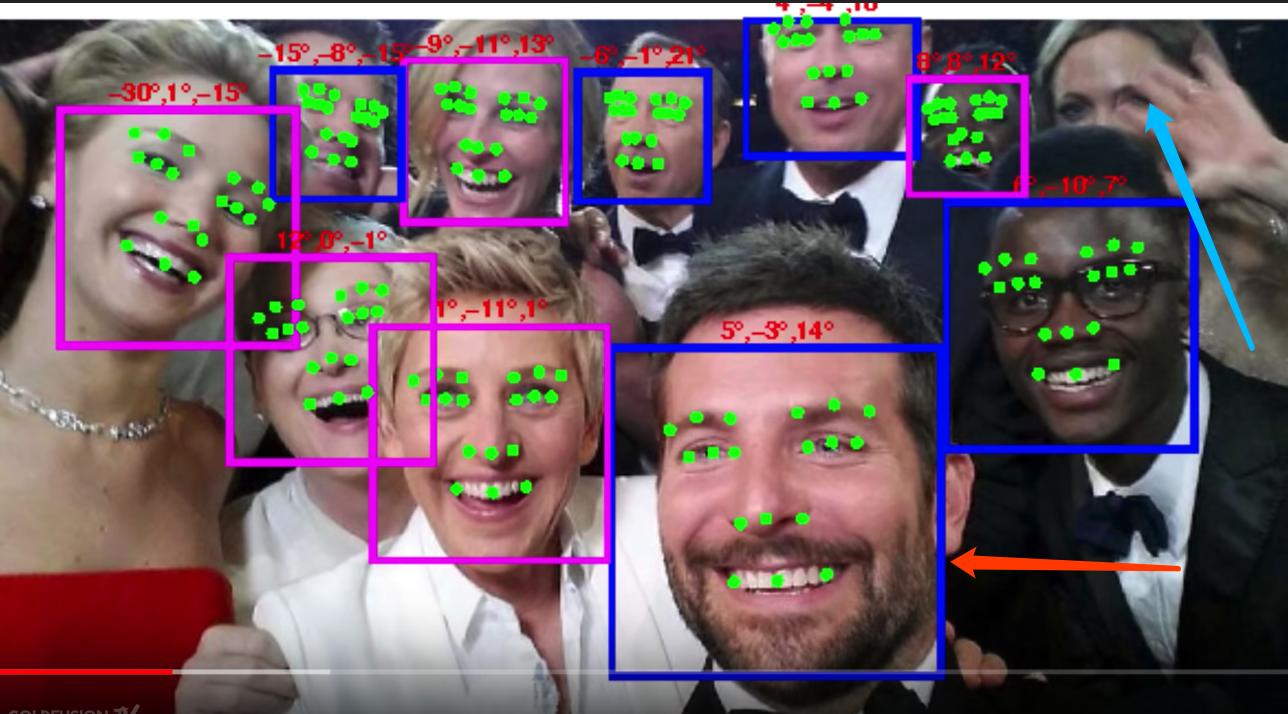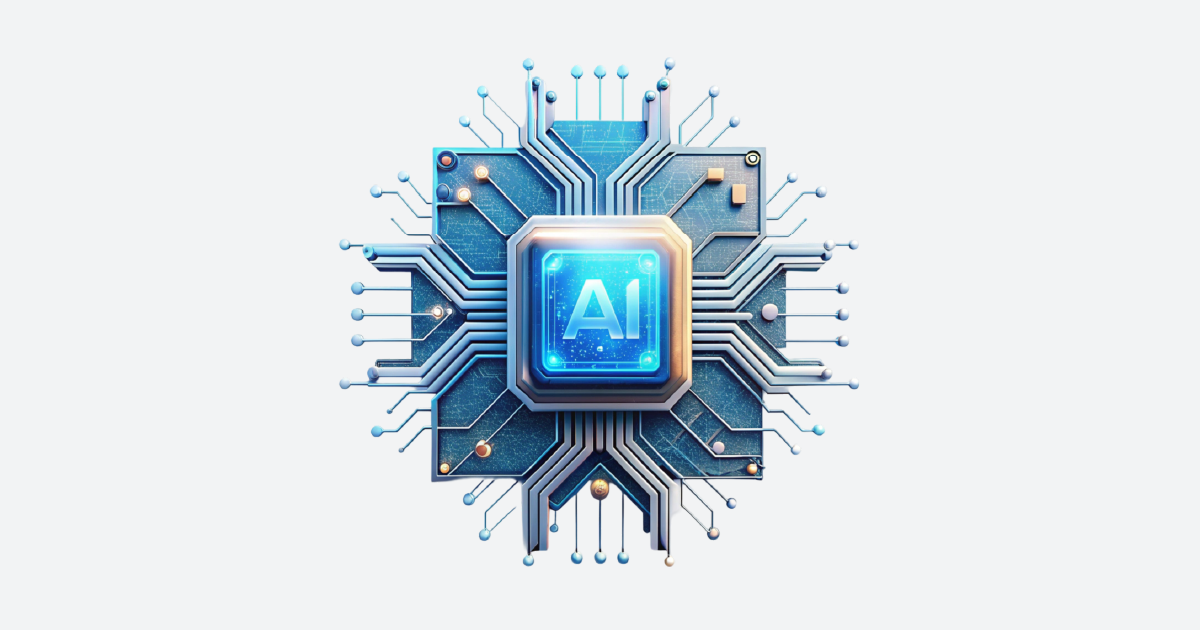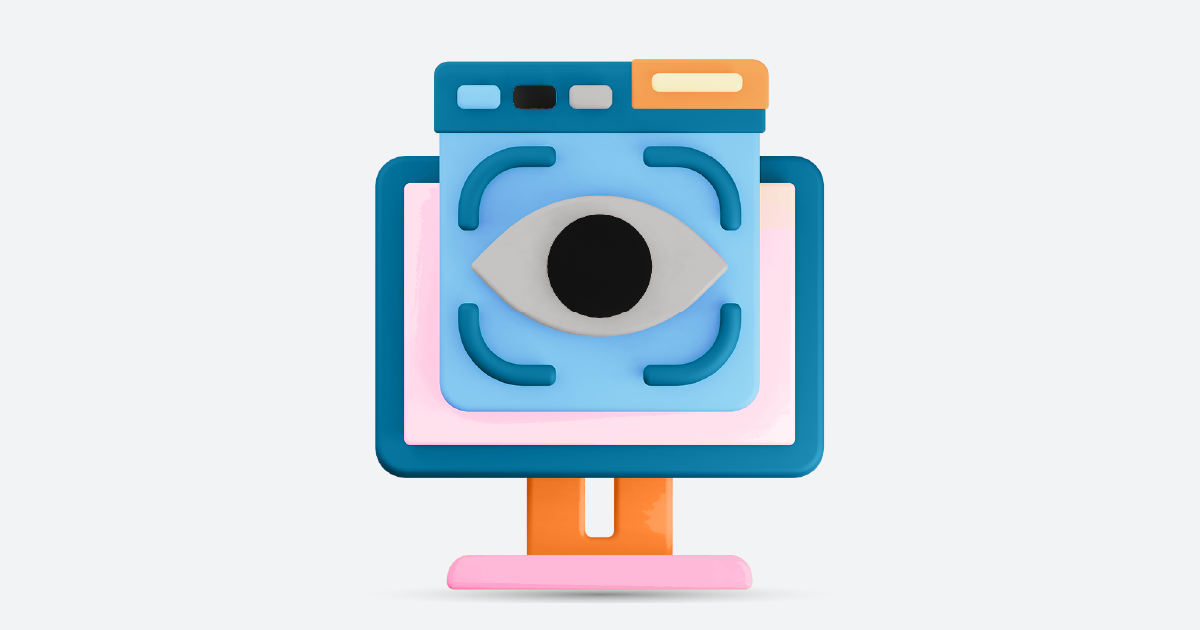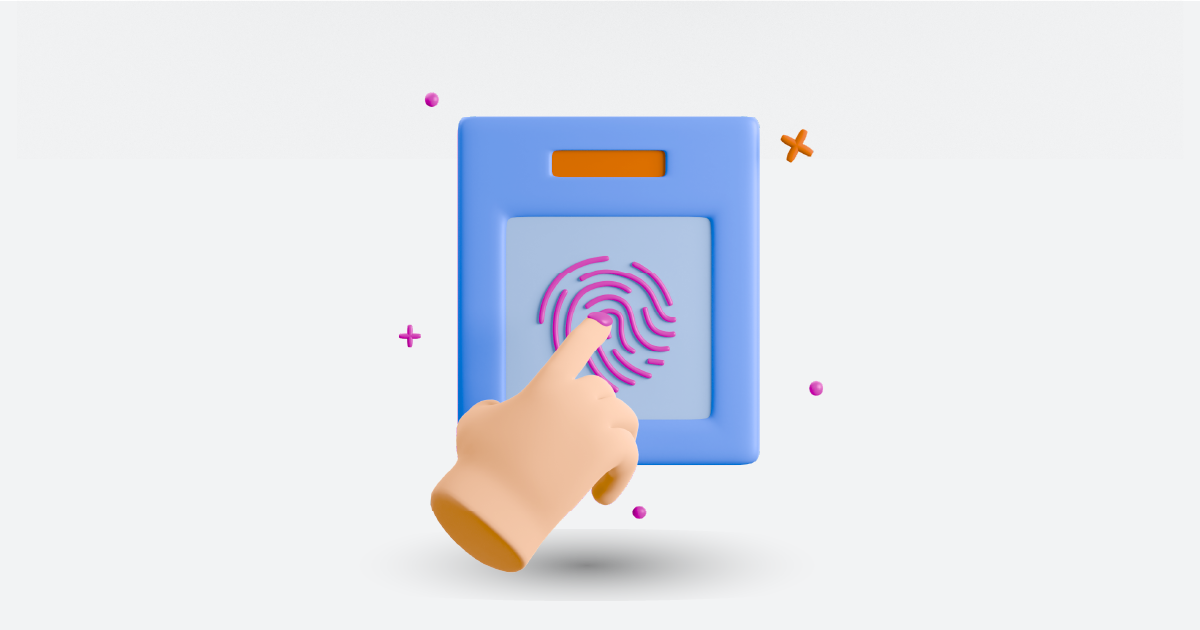In this digital age, the field of computer vision has gained significant traction, enabling machines to perceive and understand visual data. One of the key components of computer vision is image recognition, which involves the identification and classification of objects, patterns, and features within images. This article delves into the world of computer vision image recognition, exploring its significance, functioning, applications, challenges, and prospects.
Importance of Computer Vision Image Recognition
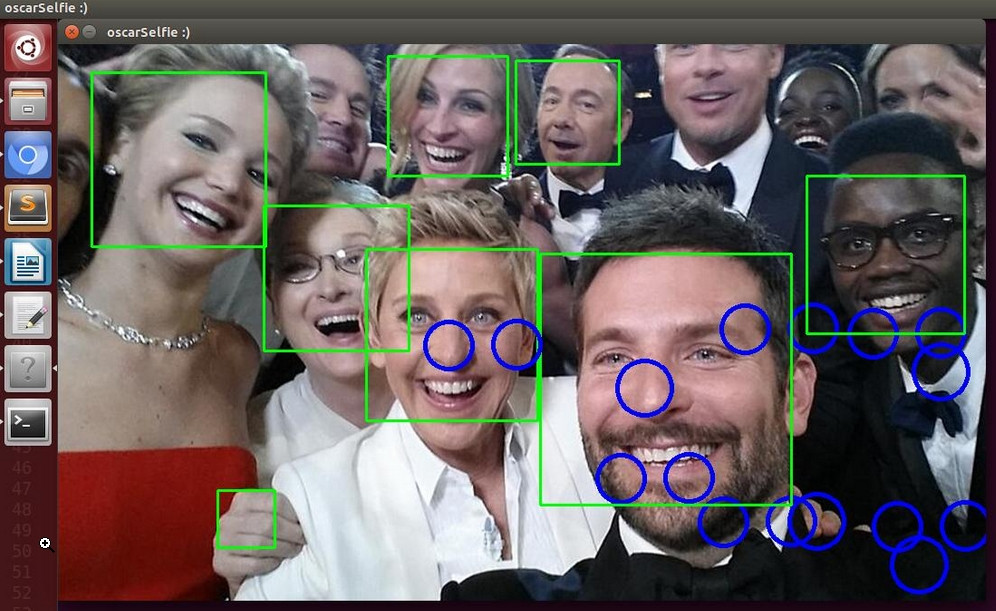
Computer vision image recognition plays a crucial role in numerous industries and applications. It enables autonomous vehicles to identify traffic signs, pedestrians, and obstacles, enhancing road safety. In the healthcare sector, it aids in medical imaging analysis, disease diagnosis, and treatment planning. E-commerce platforms leverage image recognition to enable visual search and enhance the user experience. Furthermore, security systems utilize image recognition to identify and track individuals, improving surveillance and threat detection.
How Computer Vision Image Recognition Works
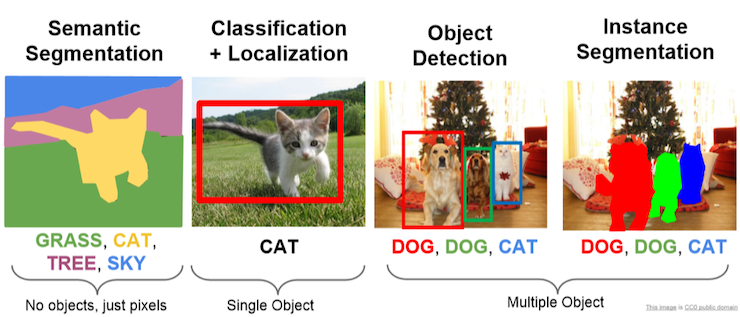
Computer vision image detection involves multiple stages and techniques. The process typically begins with data collection and preprocessing, followed by feature extraction, where relevant features are identified and extracted from the images. These features are then used to train machine learning models such as convolutional neural networks (CNNs) or deep learning algorithms. The trained models are capable of recognizing and categorizing objects in new and unseen images by comparing their features to learned patterns.
Applications of Computer Vision Image Detection
- Autonomous Vehicles: Computer vision image recognition enables self-driving cars to perceive and interpret their surroundings, identifying objects, traffic signs, and lane markings.
- Healthcare: Image recognition assists in medical image analysis, helping doctors diagnose diseases, locate tumors, and assess treatment effectiveness.
- Retail and E-commerce: Image detection powers visual search capabilities, allowing users to search for products using images rather than text.
- Security and Surveillance: Image recognition helps in identifying and tracking individuals, detecting anomalies, and enhancing security systems’ efficiency.
- Augmented Reality (AR) and Virtual Reality (VR): Computer vision image detection is instrumental in creating immersive AR and VR experiences, overlaying virtual objects in real-world environments.
Challenges and Limitations
While computer vision image detection has made remarkable progress, several challenges persist. Variations in lighting conditions, object occlusions, and diverse image backgrounds can hinder accurate recognition. Lack of labeled training data, computational limitations, and privacy concerns pose additional challenges. Addressing these limitations requires ongoing research and advancements in algorithms, hardware, and data collection methods.
Future of Computer Vision
The future of computer vision image detection and recognition holds tremendous potential. Advancements in deep learning, artificial intelligence, and hardware capabilities will lead to more accurate and robust recognition systems. Additionally, the integration of computer vision with other emerging technologies such as augmented reality, the Internet of Things (IoT), and robotics will unlock new possibilities and applications.
Case Studies with Record-Breaking Results
Case Study 1: Tesla’s Self-Driving Technology
Tesla’s autopilot system, powered by computer vision image recognition, achieved groundbreaking results in autonomous driving. The technology allows vehicles to navigate complex traffic scenarios, recognize pedestrians, and read traffic signs in real time. In 2023, Tesla announced a milestone: their fleet of cars collectively logged over 1 billion autonomous driving miles, showcasing the robustness and scalability of their computer vision-based approach.
Tweet Highlight: “Autonomous driving is the future, and Tesla’s computer vision tech is leading the way. 1B+ miles of learning – mind-blowing! 🚗💡 #AI #ComputerVision” – @ElonMusk
Case Study 2: Google Lens in E-commerce
Google Lens revolutionized the e-commerce experience by enabling users to search for products using just a photo. In a 2022 campaign with a major retailer, image recognition technology contributed to a 25% increase in product discovery rates and significantly improved conversion rates. The intuitive interface empowered users to shop seamlessly by identifying items in real-world environments and instantly locating them online.
Influencer Quote: “Visual search is a game-changer for shopping. Google Lens makes it so easy to find exactly what you’re looking for—no typing required! 🛍️✨ #ImageRecognition #TechForGood” – @TechGuru
Case Study 3: AI-Powered Diagnostics in Healthcare
A leading AI healthcare startup, Zebra Medical Vision, achieved a record in medical imaging by detecting early signs of breast cancer with 92% accuracy through computer vision models. Their solution was deployed across 50 hospitals, reducing diagnostic time by 60% and saving countless lives by facilitating earlier treatment interventions.
Tweet Highlight: “AI in healthcare is saving lives. Zebra’s 92% accuracy in cancer detection is a testament to the power of computer vision. 💊🤖 #HealthTech #Innovation” – @HealthAI
Conclusion
Computer vision image detection has revolutionized various industries and continues to drive innovation across sectors. By leveraging machine learning and computer vision techniques, machines can now perceive and understand visual data, leading to improved efficiency, enhanced user experiences, and increased safety. As technology advances, the possibilities for computer vision image recognition are limitless.
To experience the power of computer vision image recognition in action, we invite you to request a demo from AIM Technologies. See firsthand how our cutting-edge solutions can transform your business. Take the first step towards unlocking the potential of computer vision image detection today.
FAQs
Q1. How accurate is computer vision image detection?
- Computer vision image detection systems can achieve impressive accuracy levels, often surpassing human performance. However, accuracy depends on various factors, including the quality and diversity of training data, the complexity of the recognition task, and the robustness of the algorithms and models employed.
Q2. Can computer vision image recognition work in real-time applications?
- Yes, real-time computer vision image detection is feasible with advancements in hardware and algorithm optimizations. Many applications such as facial recognition systems and object tracking already utilize real-time image recognition capabilities.
Q3. What are some popular image detection algorithms?
- Popular image recognition algorithms include Convolutional Neural Networks (CNNs), such as AlexNet, VGGNet, and ResNet, as well as other deep learning approaches like Recurrent Neural Networks (RNNs) and Generative Adversarial Networks (GANs).
Q4. How does computer vision image recognition impact privacy?
- Computer vision image detection raises privacy concerns, particularly when it involves the processing and analysis of personal images or videos. It is crucial to establish ethical guidelines and ensure appropriate data protection measures to address privacy implications.
Q5. Can computer vision image detection be used for creative purposes?
- Yes, computer vision image detection can be used for creative applications, such as generating artwork, style transfer, and enhancing visual effects in media production. It offers opportunities for exploring new forms of expression and creative collaborations.
